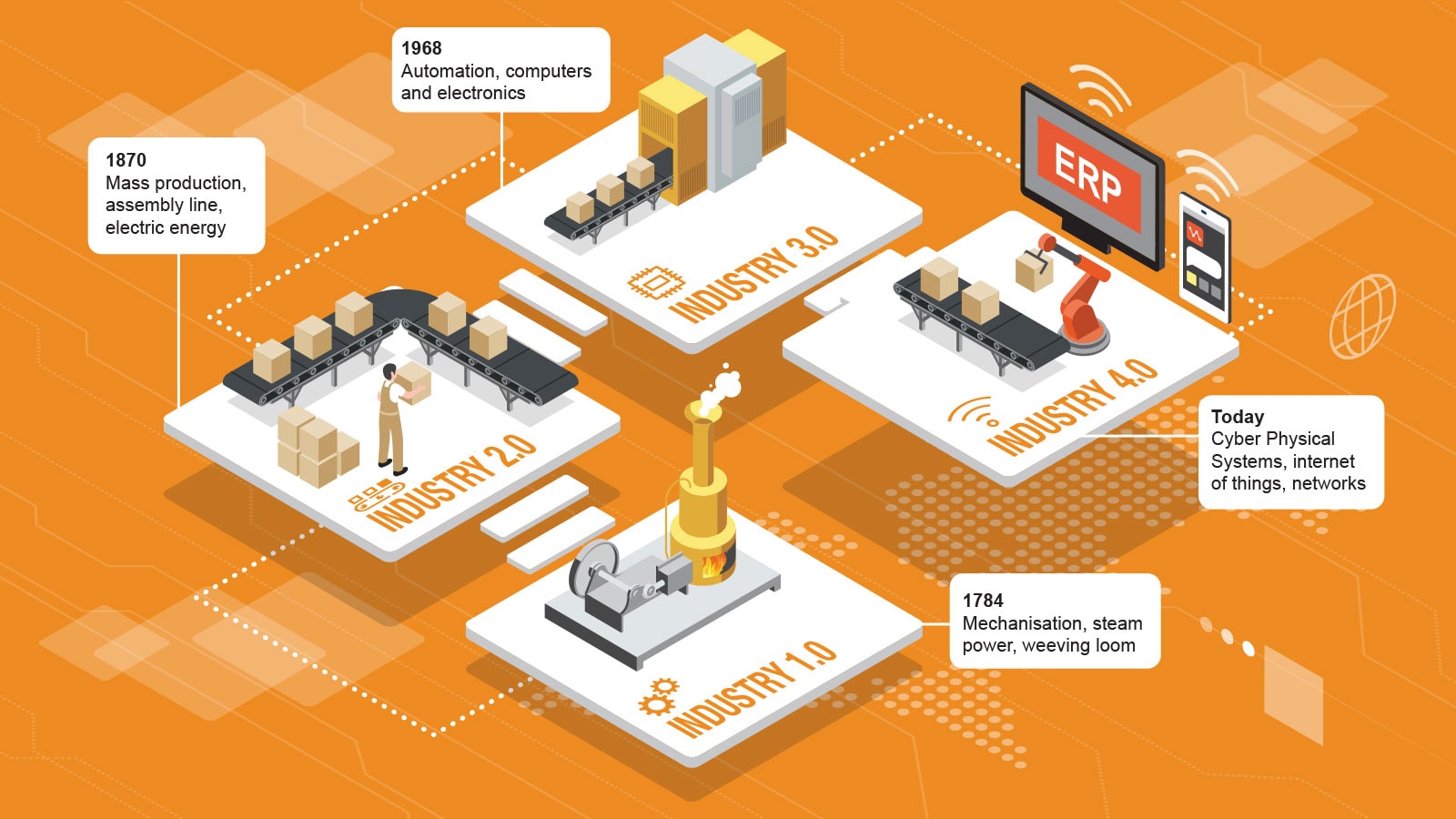{{item.title}}
{{item.text}}

{{item.text}}
The study surfaced a growing necessity for better collaboration between risk functions (risk management, compliance, internal audit and other risk functions). As organisations embrace the fourth industrial revolution (4IR), risk functions need to be active participants, helping to achieve and protect the value envisioned. Risks are becoming increasingly complex and interconnected. Without close risk function collaboration, blind spots to risk will inevitably impact strategic, financial and operational initiatives and affect key stakeholders.
According to PwC’s 2020 Global CEO Study, the majority (54%) of Swiss and global CEOs expect economic growth to slow down over the next twelve months. The need to achieve economies of skill and scale will, therefore, become increasingly important for Internal Audit, as well as risk and compliance functions. Early adopters of digital transformation across all risk functions provide precedents about effectively and efficiently doing more with their current resources. Such opportunities are available to organisations regardless of the stage of their digital transformation. See the following case studies about achieving digital transformation success.
Many organisations continue to undertake relatively simple, standard tasks manually because they are easy to do. They include, for example, manually matching fields across databases in reviewing financial and operational data. As the economic climate becomes tougher, it is especially important to take a critical look at business processes and controls to identify opportunities for high volume standardisation and automation. The key added benefit is that it frees up highly qualified professionals to undertake more fulfilling tasks that will provide a better return on investment. And it makes employees happy to be relieved of such tasks.
Poor data quality does not provide a “get out of jail card” for avoiding digital transformation in risk assurance. Leading-edge companies take advantage of enhancements in data management tools and implement a culture where everyone is responsible for data quality. This includes using data lakes to bring data from legacy systems together, conduct and data clean-up as well as analysis and hypothesis testing. Their data improvement processes run in parallel with the implementation of other key digital transformation processes.
Digital transformation impacts the three lines of defence in different ways and makes some tasks potentially redundant. For example, the use of artificial intelligence and blockchain potentially reduces the required level of compliance and Internal Audit procedures in procurement and supply chain management processes. It is therefore important to ensure that the lines of defence are continuously aligned and your risk coverage is optimised – minimising duplications and potential coverage gaps.
A lack of skills is an important challenge to overcome in most digital transformation programmes. Companies successfully addressing this issue focus on what’s important for achieving their business objectives. They realise that they don’t have to be experts in every part of the programme and bring in experts where they are needed and where they would rather outsource e.g. cybersecurity. This helps them to reach their digital transformation aspirations sooner with enhanced cost-effectiveness.
Digital transformation processes, such as automation, change the nature of risk assurance roles from assessor to advisor. Their image doesn’t automatically change. Becoming a trusted advisor to the business requires investing in building relationships with the board, management and auditees. Decision-makers need to know from where to obtain information, as well as who are their trusted advisors within their organisation. This requires proactive management and if needed, interviewing key stakeholders to understand their expectations of a “trusted advisor” as well as opportunities for future interactions.
{{item.text}}

{{item.text}}
{{item.text}}

{{item.text}}
In this podcast, Lauren Massey and Dhiraj Malhotra join Mike Maali to discuss internal audit’s new value proposition and why now is the right time for internal audit to transform.
Regardless of how far you are on your way to digital transformation. At every stage of the process, gains and precedents are available to help you get the most out of the digital transformation step by step.
{{item.text}}

{{item.text}}


Partner, Risk Consulting, Risk Consulting Leader TIS (Trade, Industry, Services) and Internal Audit, PwC Switzerland
Tel: +41 79 816 27 00

Partner, Leader Financial Services Risk Consulting & Internal Audit, PwC Switzerland
Tel: +41 58 792 46 28





